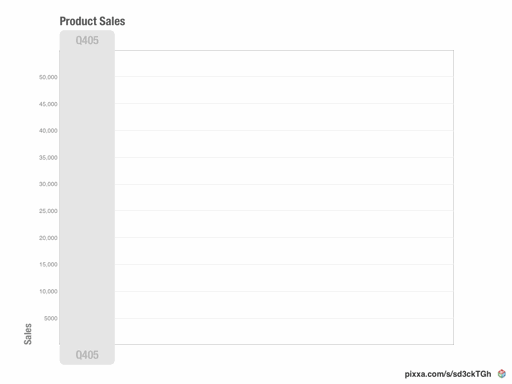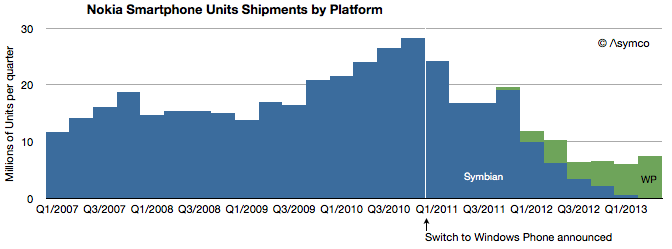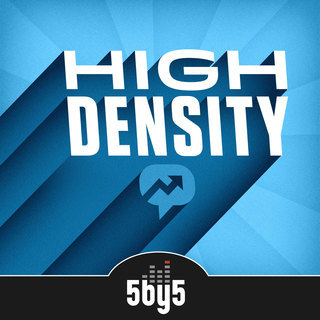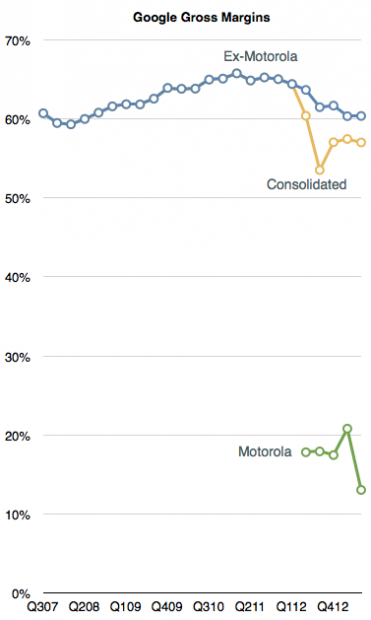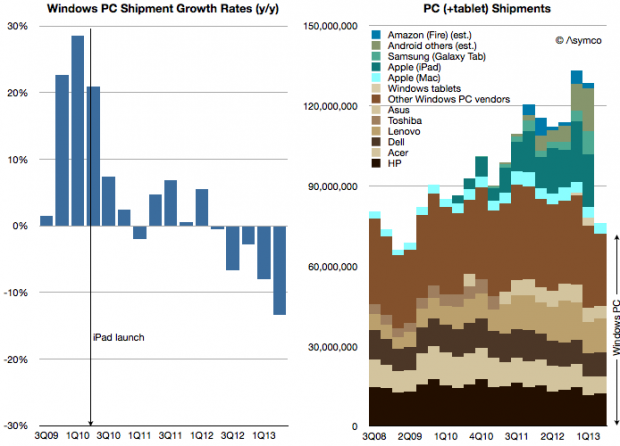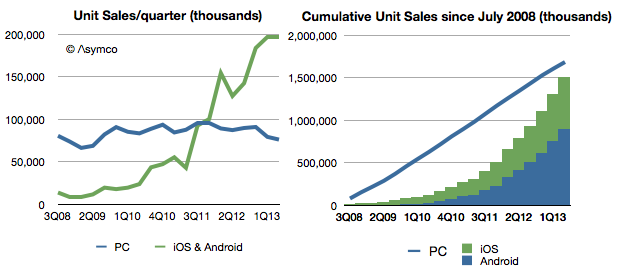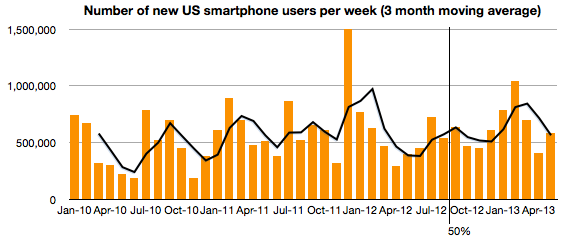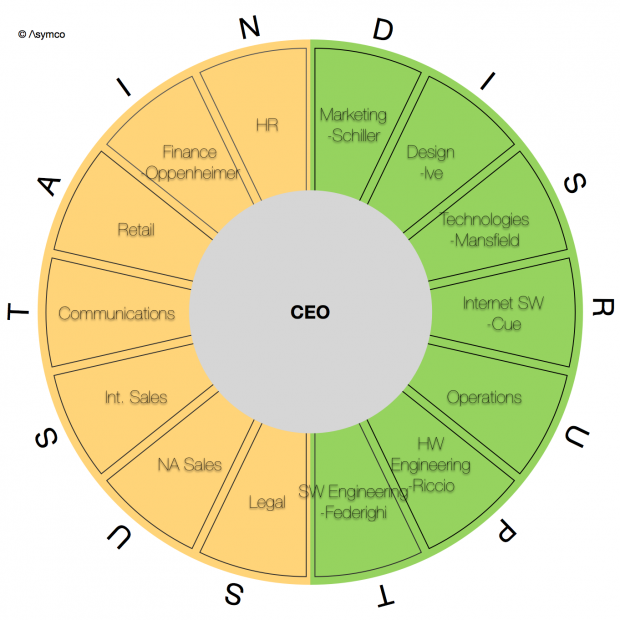If Apple can have a hobby then so can Asymco.
Jim Zellmer and I were having fun talking about cars and thought why not record our conversations and put them up for others to listen. That’s how Asymcar got started.
Besides having fun, what we plan to do is use the auto industry as a lens to understand how disruption works. Whereas Asymco is a narrative on an industry that is dynamic because of disruption, we hope to make Asymcar a narrative on an industry that isn’t dynamic because of a lack of disruption. A sort of foil to Asymco (or maybe an Asymco Bizarro.)
The approach is to use stories that everyone can understand whether you care about cars or not. The inspiration was the TV program Top Gear which satirizes the adolescence of the male mind, and thus appeals to all. With Asymcar we hope to bring a rich set of new metaphors to describe similarly curious phenomena.
Check out the first Podcast: Tubular exoskeleton-type thing

